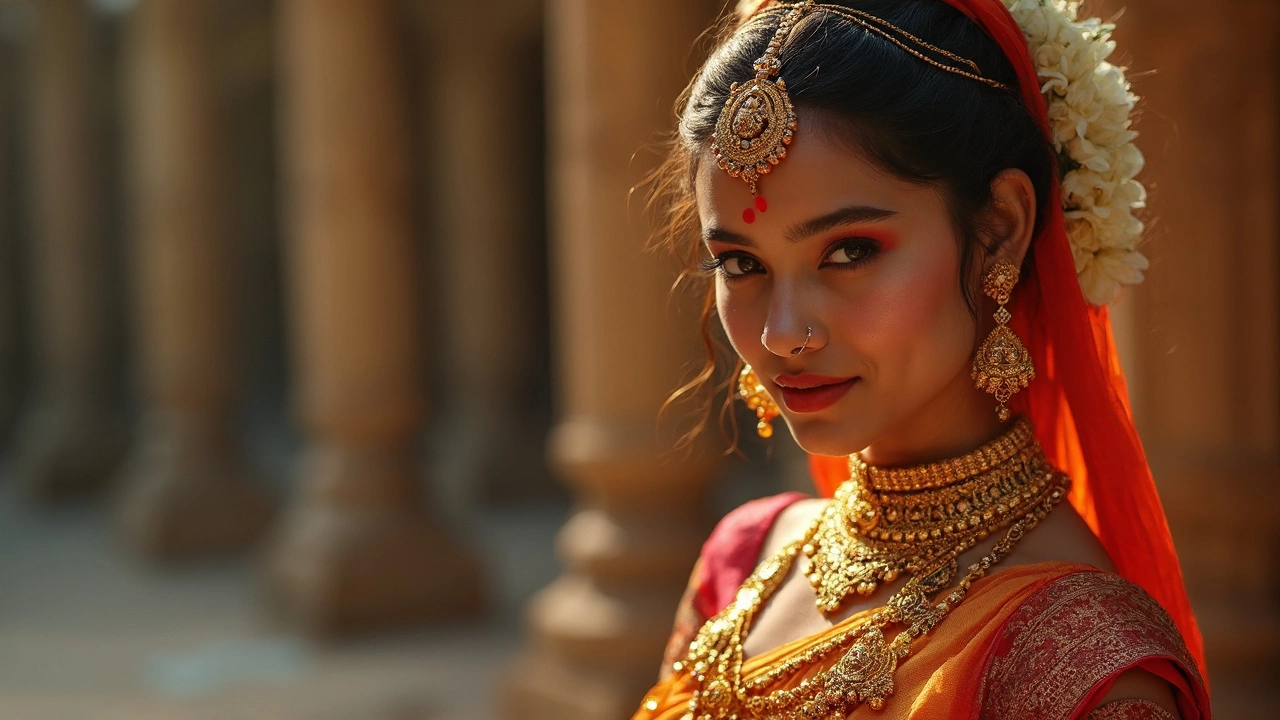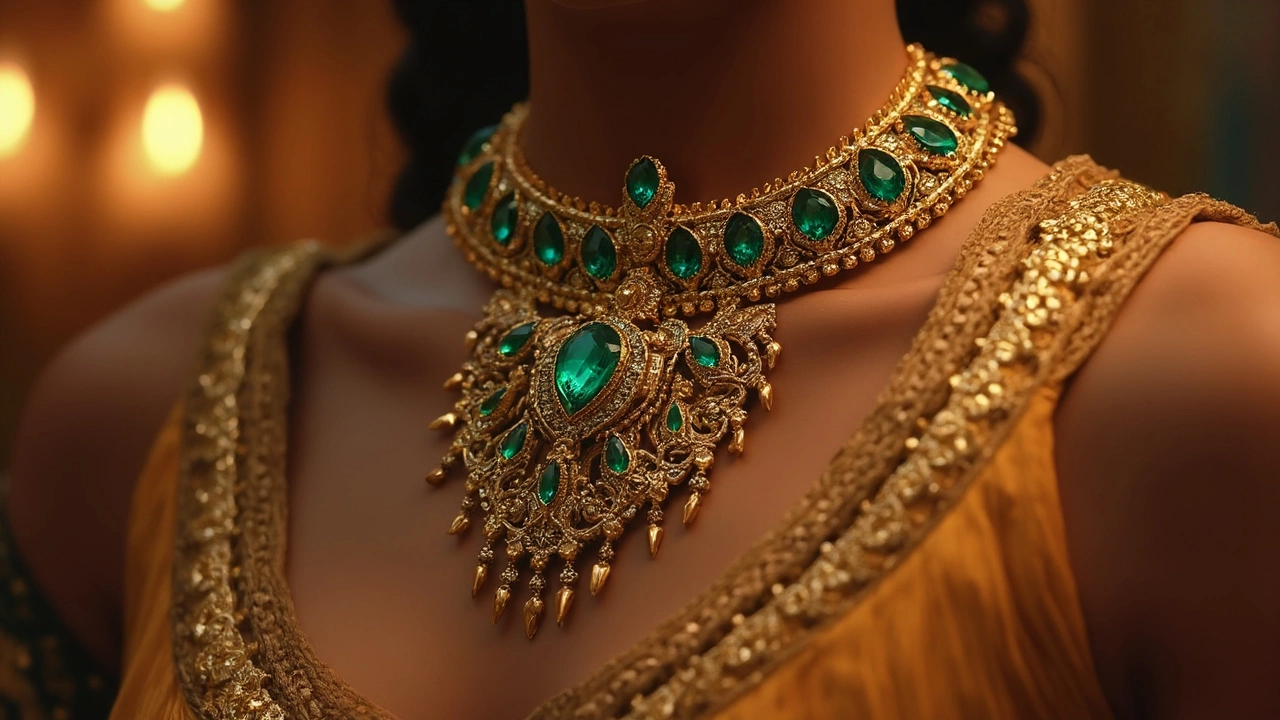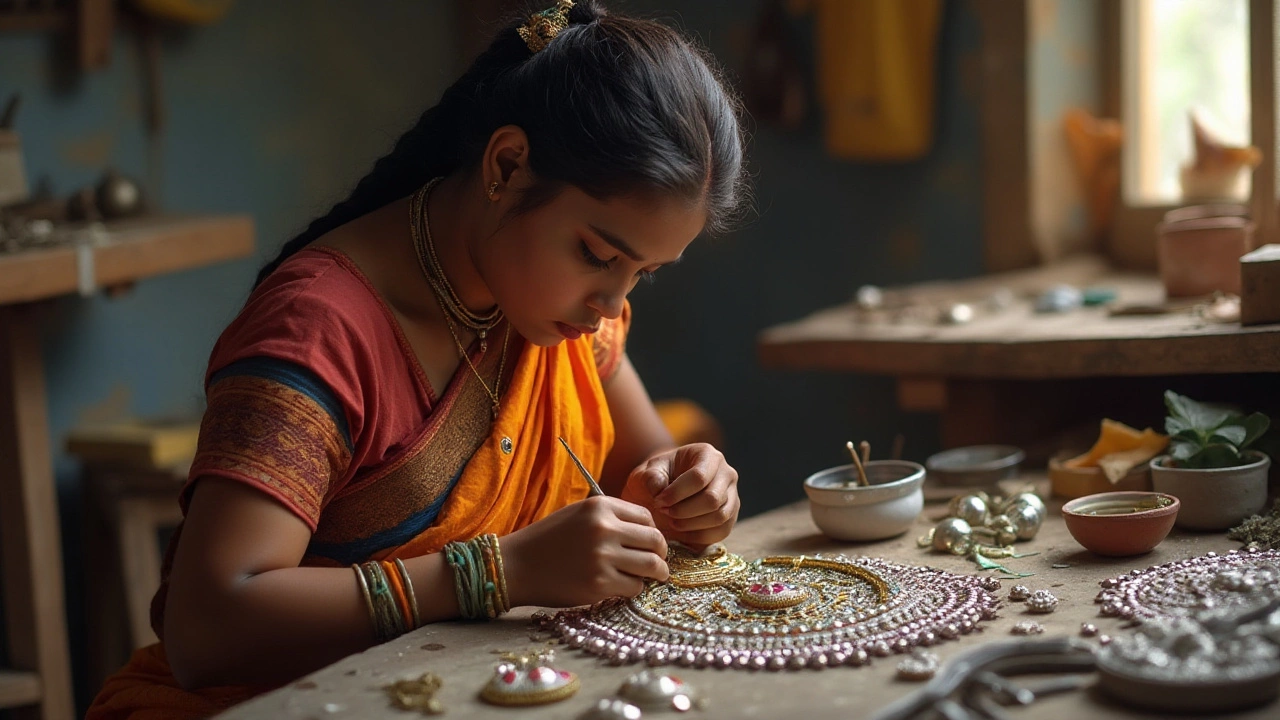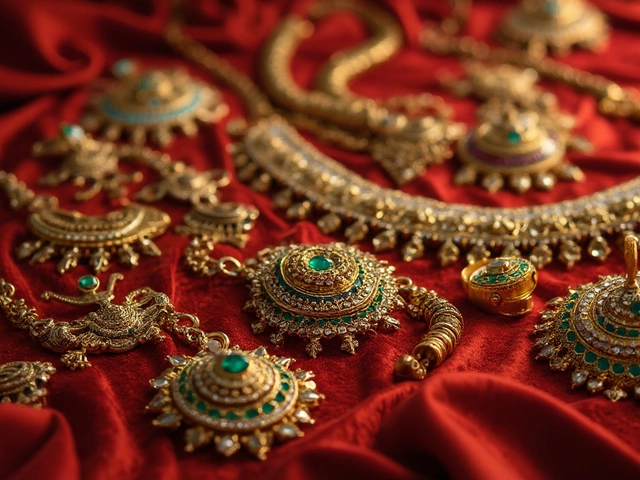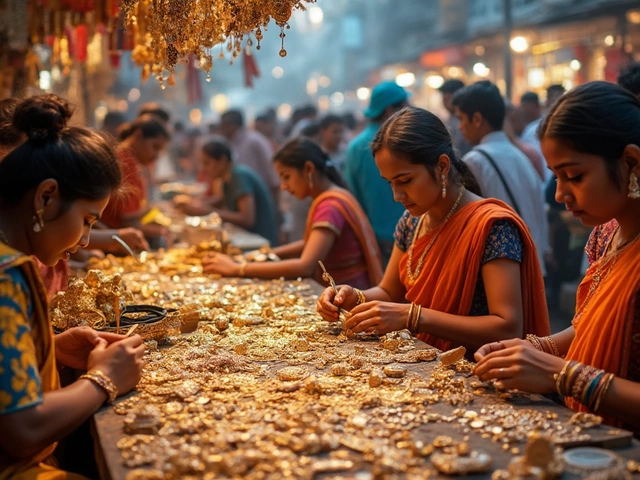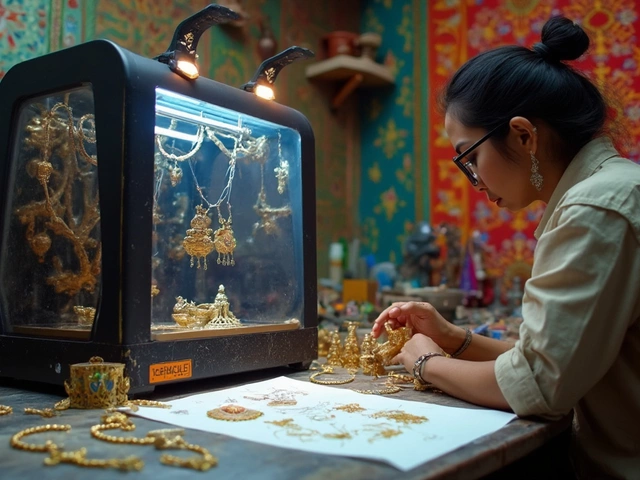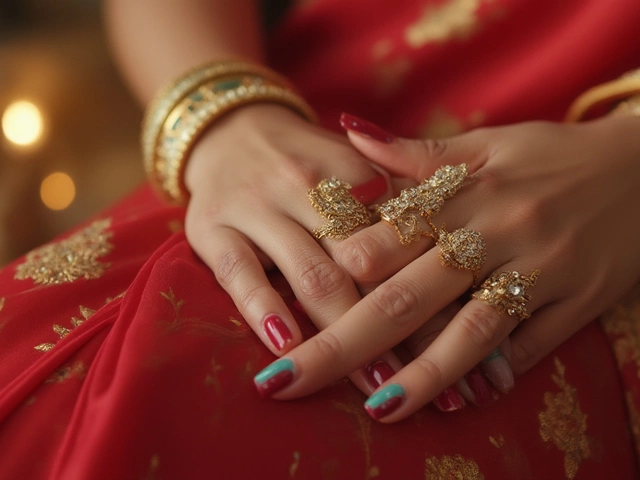Indian Jewellery: Styles, Trends & Smart Buying Tips
If you love sparkle, you’ve probably heard the term “Indian jewellery” tossed around a lot. It’s not just gold and diamonds – it’s a whole world of regional designs, cultural meanings, and clever ways to get the best value. Below you’ll find the basics you need to start shopping, styling, and understanding the story behind each piece.
Where to Find Authentic Indian Jewellery
India has several cities that are practically jewellery factories. Jaipur, known as the Pink City, dominates the gold market. You’ll find intricate Kundan and Meenakari work there, plus a huge selection of wedding sets. Surat, on the other hand, is the diamond capital. If you’re hunting for brilliant stones, this is the place to start. Hyderabad offers beautiful pearl collections, while Mumbai blends contemporary designs with classic motifs. Each hub has its own specialty, so knowing where to look saves time and money.
When you visit a shop, ask about the manufacturer’s reputation and ask to see a BIS hallmark. The hallmark tells you the purity of gold (like 22K or 875) and guarantees it meets Indian standards. For silver, look for the “833” stamp – it means the piece is 83.3% pure silver. Understanding these numbers helps you avoid cheap imitations that are often plated over lower‑grade metal.
Understanding Hallmarks and Quality
Seeing a hallmark can be confusing, but it’s simple once you know the code. “875” on a ring means it’s 21‑karat gold (21 parts gold, 4 parts other metals). This purity is popular for bridal jewellery because it balances softness and durability. For silver, “925” is sterling, while “833” is a traditional Indian silver grade. If the hallmark is missing or looks suspicious, ask the seller for a certificate or walk away.
Quick tests can also spot fakes. A magnet won’t stick to solid gold or silver. If a piece feels unusually light, it might be hollow or heavily plated. These checks are easy to do at home and can save you from costly mistakes.
Beyond the metal, pay attention to the design’s cultural roots. Black beads in a mangalsutra, for example, symbolize protection and longevity. Black bangles have their own folklore, often linked to warding off negativity. Knowing these meanings lets you pick pieces that fit both your style and the traditions you want to honor.
Fashion trends also play a role. Gold paired with jewel‑tone dresses (emerald, ruby, sapphire) creates a regal look, while pastel outfits shine with rose‑gold accents. If you love a pop of color, try matching nail polish to your gold jewellery – deep burgundy or forest green makes the metal stand out.
Finally, think about resale value. Brands that hold their price, like certain heritage jewelers, are worth the extra spend if you plan to upgrade later. Look for timeless designs: classic gold chains, simple diamond studs, or traditional temple jewellery that never goes out of style.
Whether you’re buying a nose stud for a wedding, a bold bangle for daily wear, or a glittering set for a festival, these tips give you a solid foundation. Indian jewellery is as diverse as the country itself, and with a little knowledge you can shop confidently, wear proudly, and maybe even make a smart investment.
Temple Jewellery: What Exactly Does It Mean?
Temple jewellery is a unique style of Indian jewellery originally made for adorning gods and goddesses in temples. Over time, this style has become a favorite among dancers, brides, and anyone who loves traditional Indian looks. The pieces are known for their bold designs, use of gold, and motifs like gods, goddesses, and temple patterns. This article breaks down what makes temple jewellery distinct, its history, where it’s used today, and tips on spotting real pieces. You’ll get a real feel for why this style is more than just decoration—it’s packed with culture and story.
Palakka Mala: Diving into India's Vibrant Temple Jewellery Tradition
Discover the allure of Palakka Mala, a vibrant piece of traditional temple jewellery from India. Learn about its historical significance and the intricate craftsmanship that goes into creating each piece. Delve into tips on how to select authentic Palakka Mala and how to incorporate it into modern outfits. Explore the cultural heritage and the evolution of this emblematic necklace.
Unveiling the Beauty of Apala Temple Jewellery in India
Apala jewellery, a timeless expression of artistry from India, stands out for its exquisite craftsmanship and cultural significance. Predominantly crafted using silver and adorned with precious stones, it encapsulates the grandeur of temple architecture. These pieces are cherished not just as ornaments but as stories of devotion and tradition. Exploring Apala jewellery offers insights into India's rich history and the artisans' dedication behind every intricate detail.
